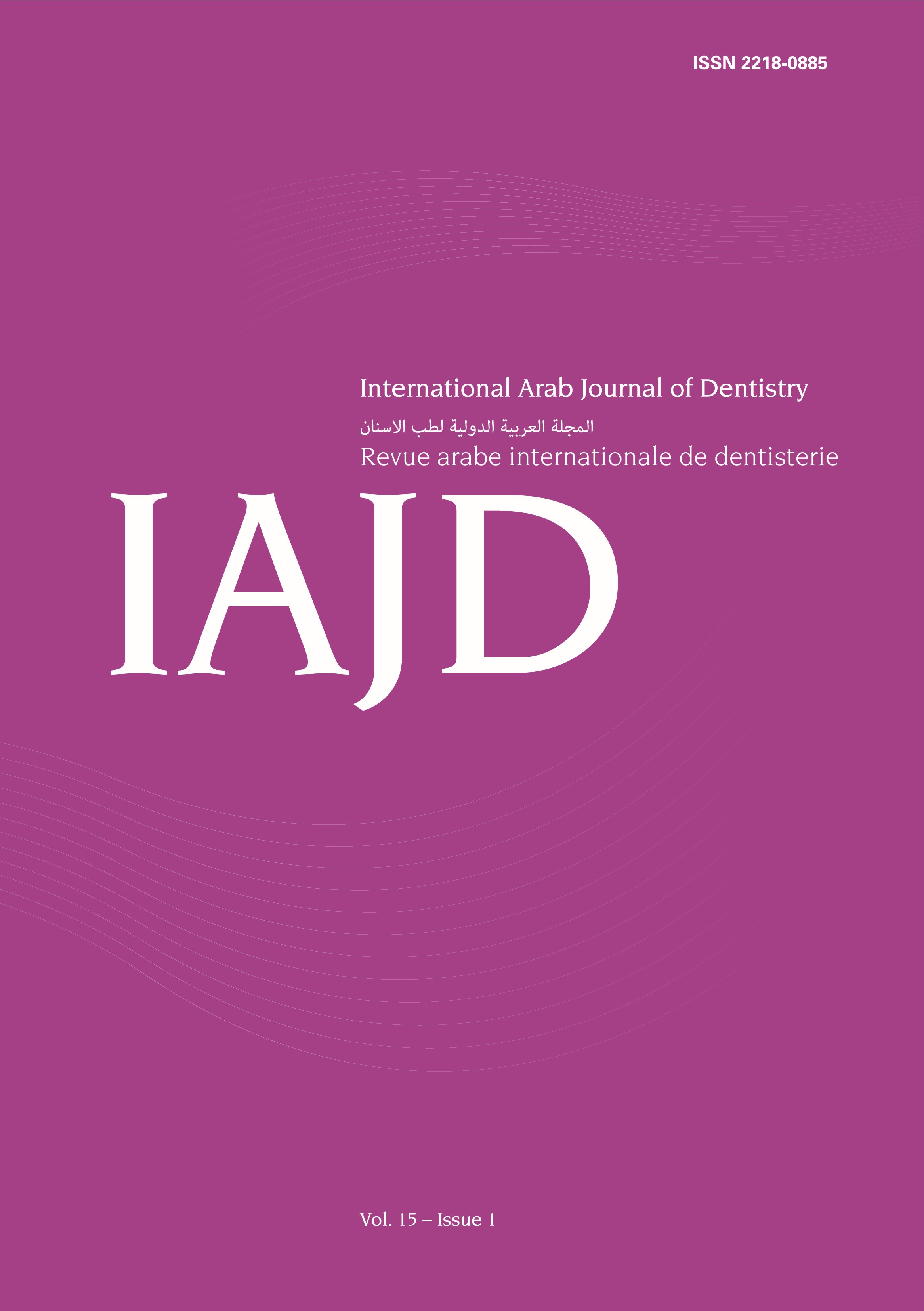Abstract
Introduction: Aphthous ulcers are painful and may significantly impact dental hygiene, speech, and eating. the objectives of treatment are to lessen discomfort and to improve healing. Many symptomatic treatment modalities are used for aphthous ulcerations. Topically chlorhexidine gluconate is used most commonly in these ulcerations.
Aims: The study aimed to compare the efficacy of topical ozonated olive oil and topical chlorhexidine gluconate in the management of recurrent aphthous stomatitis.
Methods: This randomized single-blinded study was done with 20 participants who were split into the chlorhexidine gluconate group and the ozonated olive oil group. Treatment response was assessed by measures of pain reduction, erythema reduction, and ulcer duration on the 2nd, 4th, and 6th day. SPSS version 21 was used to conduct the statistical analysis.
Results: The ozonated oil group indicated a significant decrease in pain and erythema on day 2 and day 4. There was no pain and erythema on day 6 in the ozonated olive oil group.

